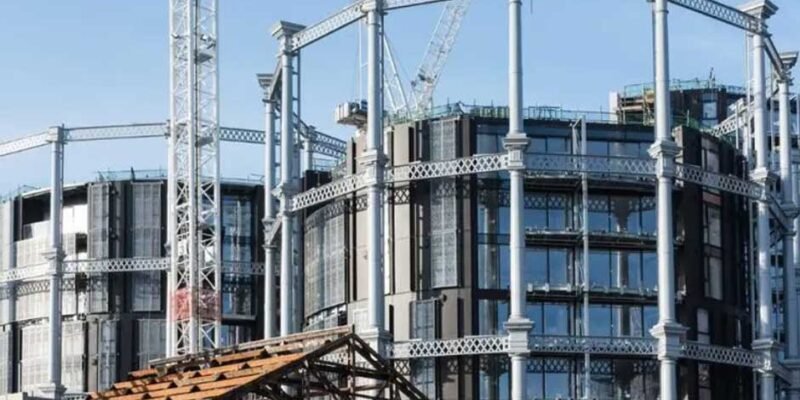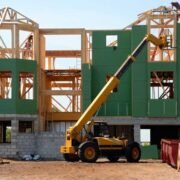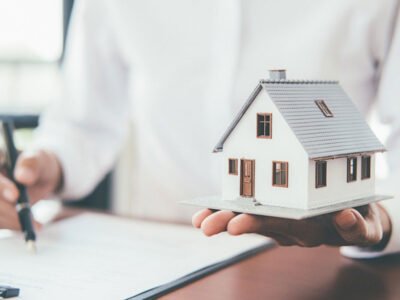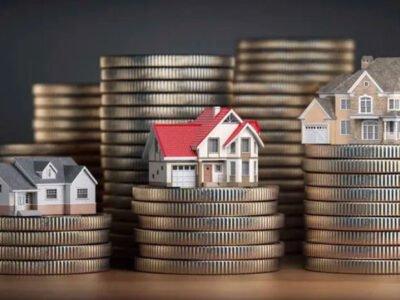As we drive towards sustainability and innovation, we often look forward to the latest technologies and designs. However, there is an emerging trend that turns our gaze back to the structures of yesteryear. This is the concept of adaptive reuse, where the bones of old buildings and spaces are repurposed for new, often entirely different uses. As the modern world grapples with issues like climate change and resource conservation, adaptive reuse has become increasingly relevant, offering a creative and environmentally responsible solution to our built environment needs.
Adaptive reuse is not just about the efficient use of resources; it’s also a cost-effective strategy compared to demolition and new construction. By breathing new life into existing structures, we clinch substantial environmental benefits by reducing waste and conserving the energy embodied in the original construction. This approach also provides profound economic advantages; revitalizing neighborhoods, stimulating local economies, and often delivering spaces with unique character that new buildings struggle to match. As we explore the different ways old structures can pave the way for innovative spaces, we celebrate a blend of old and new, showing respect for our history while steering towards a sustainable, inventive future.
Breathing New Life Into Historic Buildings
Preserving historical architecture is an important undertaking that honors our shared cultural heritage. Historical buildings serve as tangible links to the past, telling stories of the eras and people that shaped society. They enrich our communities by providing depth, character, and a sense of continuity. However, as time marches on, these structures can face the threat of deterioration, neglect, or inappropriate modifications that may erode their historical significance. To counter these threats, it is vital to implement strategies that maintain the integrity of the original design while adapting the buildings for modern use.
Preservationists and professionals of architectural design Los Angeles work together to carefully assess the state of the historical structure, identifying key features of its character. Techniques such as adaptive reuse can give old buildings new purposes, ensuring they remain active and relevant. By selecting appropriate materials and methods that echo the original construction, professionals can update a building’s function—perhaps transforming a Victorian-era factory into a vibrant community arts center—without sacrificing its soul.
Sustainable Development Through Adaptation
Adaptive reuse of buildings offers a major ecological advantage over new construction by utilizing existing structures and decreasing the need for additional resources, shrinking the carbon footprint. When an old building is renovated, it preserves cultural heritage and reduces the waste associated with demolition and building from scratch. Energy efficiency is a focal point of this methodology as architects and engineers work on updating buildings with contemporary materials and technologies that enhance insulation, airflow, and illumination.
Through this process, these historic or underused structures are converted into spaces that comply with current environmental guidelines. This strategy not only saves materials and energy but also furthers sustainability objectives by implementing practices that align with the natural world. In short, adaptation in the context of building design vividly demonstrates the principles of sustainable development by ensuring the requirements of the present are met without risking the ability of future generations to fulfill theirs.
Economic Sustainability and Community Renewal
Repurposing old structures often relies on the careful assessment of economic sustainability, demanding a thorough examination of the costs of renovation against potential economic gains. Adaptive reuse, as this approach is termed, can inject new energy into obsolete buildings, serving as a driving force for rejuvenating communities. By converting dated structures into dynamic centers for business, residence, or cultural events, these initiatives can draw investment and elevate property values nearby.
The economic development stimulated through adaptive reuse reaches beyond the immediate area of the updated site, frequently igniting urban or rural renewal projects on a broader scale. This, along with the societal enhancement and environmental advantages of conserving materials typically used in new construction, highlights the role that repurposing old structures can have in promoting sustainable, economically thriving communities.
The Creative Intersection of Old and New
When it comes to design, adaptive reuse stands as a testament to human creativity and ingenuity. This practice is not just an exercise in sustainability but a path of reimagination, as designers overcome challenges to preserve historical edifices while injecting contemporary functionalities. The mix of the old and the new demands a delicate balance, as the nostalgia of the past must coexist with the demands of modern technology.
Designers explore this creative intersection with a deep understanding that these age-old structures are not just relics but canvases for innovation. It’s a detailed negotiation between respecting architectural legacies and providing for the technological needs of the future, crafting spaces that tell tales of their origin and yet serve the current era with prowess and relevance.
Revitalizing Our Heritage
Adaptive reuse is an innovative and eco-friendly strategy that breathes new life into abandoned edifices, turning them from neglected walls into bustling centers of education and culture. This approach focuses on converting aged buildings like factories, warehouses, or schools into modern spaces while preserving their historic value. It is remarkable to witness these once-deserted constructs reemerge as galleries, art centers, community venues, and educational facilities.
These successful renovations not only rejuvenate the buildings themselves but also present a valuable addition to the social and cultural of the communities they serve. These locations transform into social hubs, places for education, and creative expression, enhancing the cultural wealth and scholastic growth of the region. A prime illustration of such redevelopment is the Massachusetts Museum of Contemporary Art, which breathed new life into a cluster of 19th-century factory buildings. These initiatives showcase the capacity of adaptive reuse to respect a neighborhood’s heritage while charting a course for its future prospects.
Wrapping up, it’s evident how the practice of adaptive reuse serves as a bridge between the past and the future. We’ve witnessed the transformation of ancient factories into bustling marketplaces, the conversion of hospitals into community centers, and the turning of historic homes into modern office spaces. This approach to preservation not only breathes new life into structures rich with history but also stands as a testament to sustainability and resourcefulness in an era of environmental awareness. The impact of giving new purpose to old buildings is profound, as it melds cultural reverence with contemporary functionality, fostering a unique sense of place and community.


















Comments